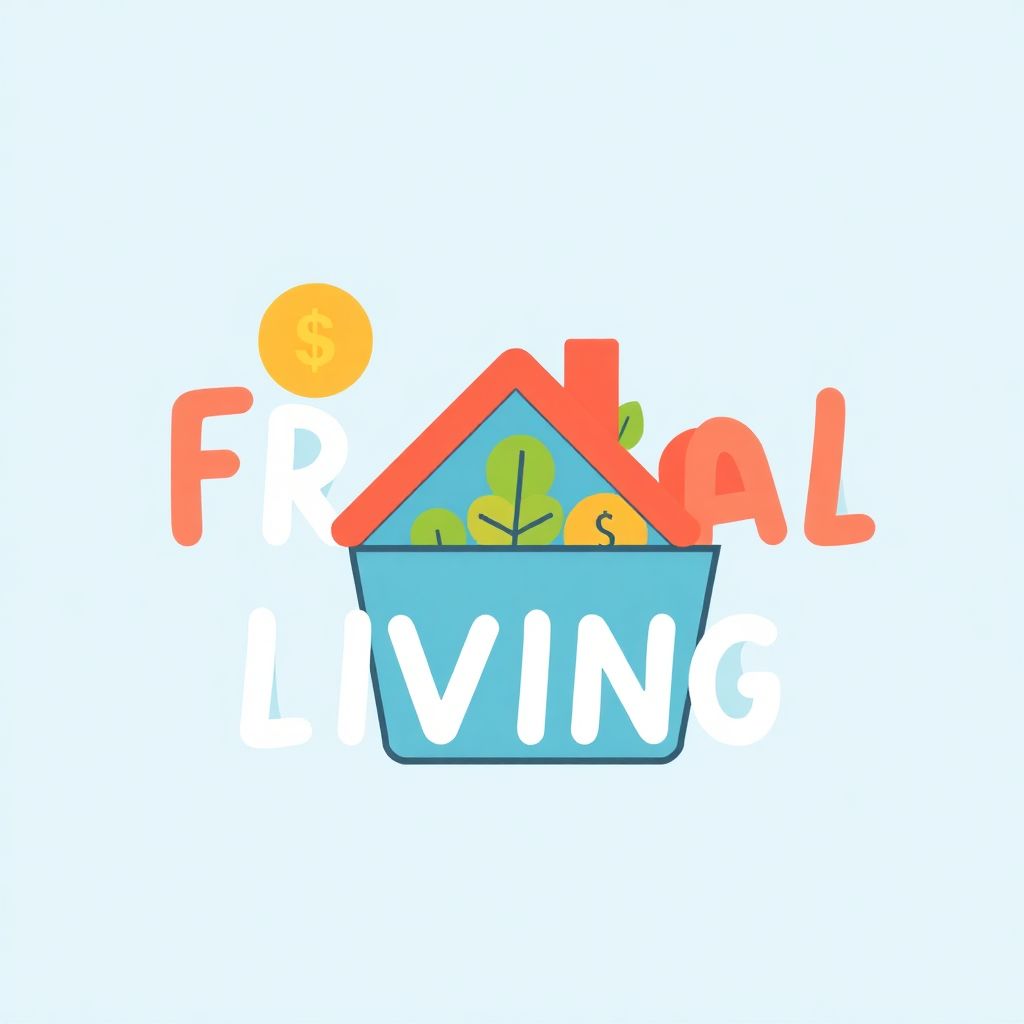Understand the Modern Definition of Frugal Living
In 2025, the concept of frugal living has evolved beyond simple coupon clipping or minimalist budgeting. Today, it integrates sustainability, mindful consumption, and digital tools that track finances more effectively than ever. Embracing a frugal lifestyle means aligning your spending habits with long-term values, not just cutting costs for the sake of saving. This modern approach focuses on optimizing quality of life through conscious decision-making, rather than living in deprivation. Before diving into specific frugal living tips, it’s crucial to redefine what “frugal” means in your current life stage and financial goals.
Step 1: Audit Your Real Expenses and Habits
The first actionable step to start frugal living is to track your actual spending and identify emotional or unconscious expenses. With the rise of AI-driven budgeting apps in 2025, you can easily categorize your transactions and visualize spending trends in real time. Avoid relying on rough estimates—precision reveals patterns. For instance, frequent small food delivery charges can rival your monthly utility bills. This financial transparency allows you to eliminate redundancy and redirect funds toward more meaningful goals. The key is not to shame yourself but to gain honest awareness of your current lifestyle.
Step 2: Set Purpose-Driven Financial Goals

Frugal living that sticks is goal-oriented. Ask yourself—what are you saving for? Whether it’s early retirement, a down payment, or more freedom in your daily schedule, having a defined target fuels motivation. In 2025, shifting toward value-based spending is a growing trend, especially among younger generations. People prioritize experiences, health, and autonomy over luxury goods. By setting specific, measurable goals, you ensure that your decision to live frugally has a clear payoff. This mental framework helps you resist impulse buying and unnecessary upgrades that don’t align with your priorities.
Step 3: Design a Budget-Friendly Living Framework

Creating a sustainable budget doesn’t mean micromanaging every dollar—it means organizing your money according to necessity, value, and flexibility. Begin with fixed costs like rent or mortgage, then assess variable expenses such as groceries, entertainment, and subscriptions. A popular frugal lifestyle guide in 2025 recommends the 50/30/20 method with a twist: allocate 50% to needs, 30% to future investments, and 20% to flexible gratification. This variation supports mental well-being while encouraging smart financial habits. Avoid the mistake of creating an overly restrictive budget that ignores your need for occasional enjoyment—it leads to burnout and failure.
Step 4: Embrace Technology and Automation
One of the most overlooked frugal living tips is leveraging automation tools. In today’s digital environment, you can automate savings, track expenses, and even block spending triggers using AI assistants. For example, apps now alert you when you’re about to overspend in a certain category, or suggest smarter alternatives based on your habits. The integration of voice-activated financial planners and smart wallets makes it easier than ever to live frugally without constant manual input. Don’t ignore these tools—they’re designed to support a budget-friendly living strategy without adding complexity to your routine.
Step 5: Build a Low-Cost Lifestyle You Actually Enjoy
A key mistake newcomers make is equating frugality with sacrifice. To create a routine that lasts, build a lifestyle that feels rewarding. Instead of spending on entertainment, explore community events, skill-swapping networks, or free digital content—all of which are more accessible than ever. In 2025, many cities offer zero-cost public resources, from co-working hubs to urban gardens. Also, consider adopting trends such as shared economies and DIY culture, which provide fulfillment without excess spending. The goal is to make frugal choices that enrich your life, not diminish it.
Step 6: Reframe Consumption Through Intentionality
One of the cornerstones of how to live frugally today is shifting from reactive to intentional consumption. Instead of reacting to sales, trends, or social pressure, pause and ask whether a purchase serves a deeper purpose. This mindfulness extends beyond shopping—it applies to energy use, time allocation, and even digital consumption. For example, reducing screen time can lower both your electric bill and your stress levels. In a society saturated with options, intentional living becomes both a financial and mental health strategy. Frugality, in this context, becomes a form of empowerment rather than limitation.
Common Pitfalls to Avoid When You Start Frugal Living
Overzealous restriction is one of the most common traps for beginners. Cutting too much, too fast leads to a rebound effect where you abandon frugal habits entirely. Another mistake is comparing your journey with others. Social media is filled with curated versions of frugal living—but what works for someone else may not suit your needs or geography. Also, avoid relying solely on short-term tactics like skipping coffees. While these may help, they don’t replace the impact of long-term strategic planning. Focus instead on scalable habits that simplify your life over time.
Stay Consistent by Tracking Progress and Adapting

Consistency is more important than perfection. Make it a habit to evaluate your progress monthly. Did your spending reflect your values? Did you meet your savings target? Use the answers to make small adjustments. In 2025, many finance platforms offer gamified tracking dashboards that turn budgeting into a motivating experience. Align your adjustments with your evolving goals and lifestyle changes. Flexibility ensures that your frugal routine stays relevant and sustainable. Remember—frugal living is not static. As your life changes, so should your financial strategies.
Final Thoughts: Frugality as a Long-Term Identity
A successful frugal lifestyle guide in 2025 emphasizes that frugality is not a temporary challenge but a long-term identity shift. It’s about making conscious, sustainable choices that prioritize value over status. Whether you’re downsizing, decluttering, or redefining success, starting a frugal living routine that sticks requires alignment with your authentic goals. By combining technology, intention, and adaptability, you build a life where money becomes a tool—not a source of stress.

